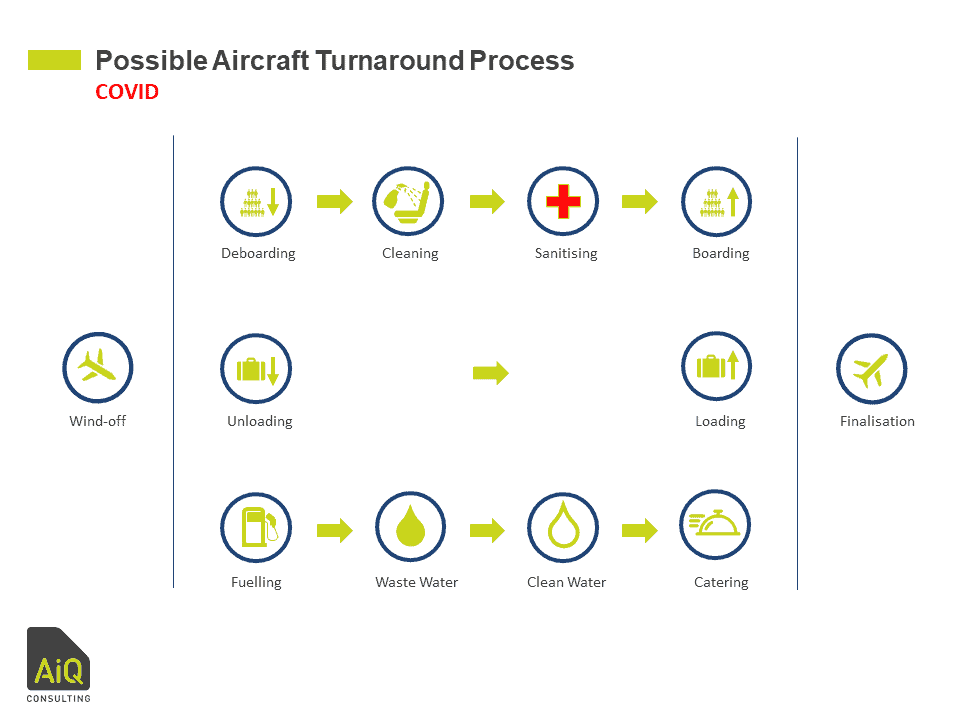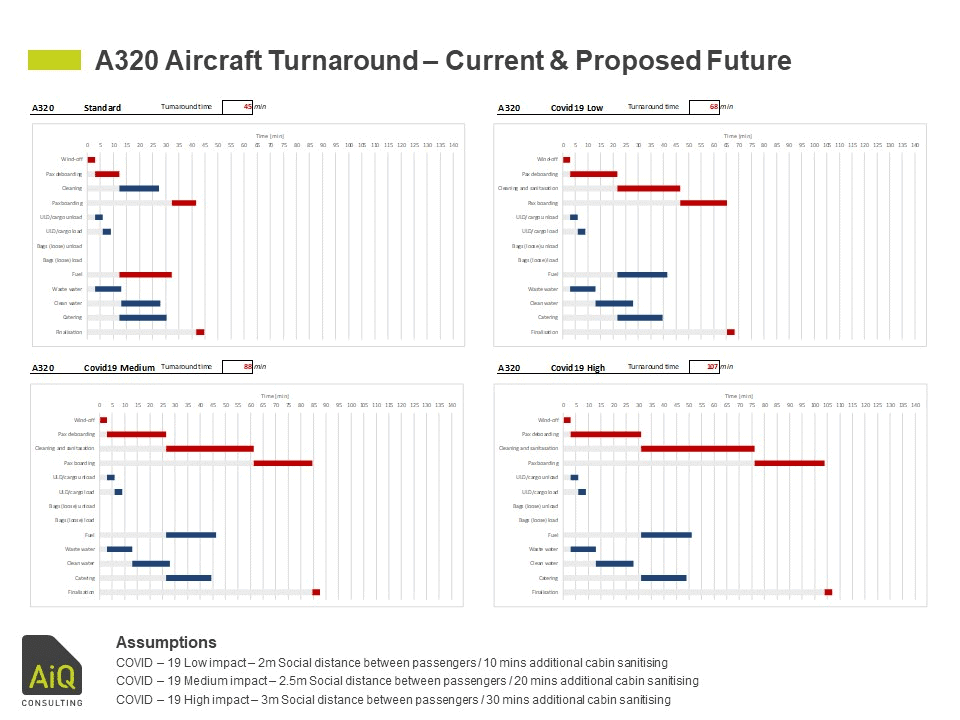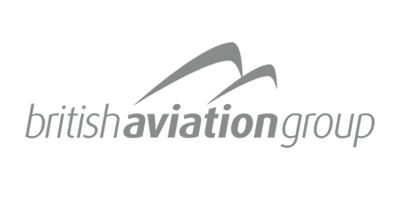Airports worldwide are rising to the challenge of creating safe environments to stimulate demand for passenger flights during the COVID-19 pandemic. Preventative measures against the spread of COVID-19 are being planned and implemented into operations to bring reassurance to passengers. As IATA’s Director General and CEO, Alexandre de Juniac states ‘As countries lift restrictions, confidence-boosting measures will be critical to re-start travel and stimulate economies’. Whilst essential, these preventative measures create complex challenges brought to already complex airport operation.
A key question asked by our clients is what is the impact of aircraft turnaround times with accommodating new COVID-19 measures?
In between the time an aircraft lands until it takes off again several processes take place to ensure the cleanliness, safety, and efficiency of the next flight. Optimisation of the actions involved during this turnaround is critical for punctuality, competitiveness, and profitability, it is no wonder this question is key to airports.
Information regarding future processes and regulations around new cleaning procedures are yet to be published however it is certain that the below measures will be introduced to combat the spread of COVID-19:
- Health screening assessments and letting only ‘fit to fly’ passenger onto the aircraft
- Social distancing during queuing – deboarding and onboarding
- Cabin sanitisation
We have already covered in our earlier blog possible processes and solutions for passenger health screening and checks before and after flights
The additional time needed for extra queuing and sanitisation is likely to have an impact on aircraft turnaround time, but how much extra time is this likely to take? In a bid to support our clients with this question, we have analysed possible turnaround scenarios with a range of assumptions. Firstly, we look at the current and proposed processes.
WHAT COULD THE FUTURE AIRCRAFT TURNAROUND PROCESS LOOK LIKE?
In the proposed aircraft turnaround process above you can see an additional sanitisation process for cabin cleaning. Sanitising and social distancing whilst boarding and deboarding will clearly add to the turnaround time but by how much?
HOW MUCH LONGER WILL COVID MEASURES ADD TO AIRCRAFT TURNAROUND TIMES?
Our team analysed several scenarios for a range of aircraft types however for this example, we shall look at the A320 aircraft specifically. In reaching our conclusions, a standard set of assumptions were applied relating to passengers, baggage, GSE, aircraft, and cargo.
The standard turnaround time of a containerised A320 for a full-service carrier with belly cargo* is estimated at 45 minutes. When applying three ranges of COVID preventive measures you can see a clear impact with an increase turnaround time:
- COVID-19 Low measures – Increase of 23 minutes turnaround – 51% increase
- COVID-19 medium measures – Increase of 43 minutes turnaround – 95% increase
- COVID-19 high measures – Increase of 62 minutes turnaround –138% increase
These initial studies clearly show a significant impact on the turnaround time as the new critical path includes the proposed cabin sanitisation. An increase in ground time is expected with the new process in practice, which is between 51% to 138% more in comparison to the usual standard time required.
We used the process timings in the official aircraft manuals as the default. To derive the low, medium, and high COVID scenario times, we worked closely with our airport contacts and ground hander contacts to validate these times and the additional duration for cabin sanitisation.
Other useful sources of information can be found in IATA – Guidance for cabin during and post-pandemic which includes similar useful risk analysis. The European Union Aviation Safety Agency (EASA) also have useful information on Interim guidance on aircraft cleaning.
OPERATIONAL AND ECONOMIC IMPACT ON INCREASED TURNAROUND TIME
The new reality on turnarounds will resemble something similar to the above and airlines and airports will need to adjust to this new norm. However, the impact on operations will also be significant. Planes spending more time on the ground will require Ground Support Equipment (GSE) and ground handlers for longer, this necessitates more GSE to service the airport and will subsequently impact on apron capacity. Flight schedules will need to be adjusted to accommodate the increased time on the ground, potentially reducing the number of flights in the air and squeezing profitability. Reduced turnaround time has always been key for airlines to cut flight costs for passengers and to keep airports profitable, so with the above analysis, this will certainly pose a big challenge to the industry. Airlines and airports will need to collaborate closely with each other and all industry stakeholders to plan, model, and efficiently manage the impact of COVID-19. Whilst this pandemic has put immediate growth ambitions on hold, it may pose a real opportunity for meaningful innovation, transformation, and partnership working. We are all in it together.
AiQ Consulting provides fast, practical, and cost-effective kerbside to airside demand and capacity planning services and modelling tools to support worldwide airports on the path to recovery following the COVID-19 pandemic. To find out more about our turnaround analysis and the impact it may have on your operations, please contact us.
* Bulk configured A320 for a low-cost carrier turnaround time may be lower. Some airlines allow supervised Passenger boarding while fuelling is still taking place also reducing turnaround times. This process is not assumed.








